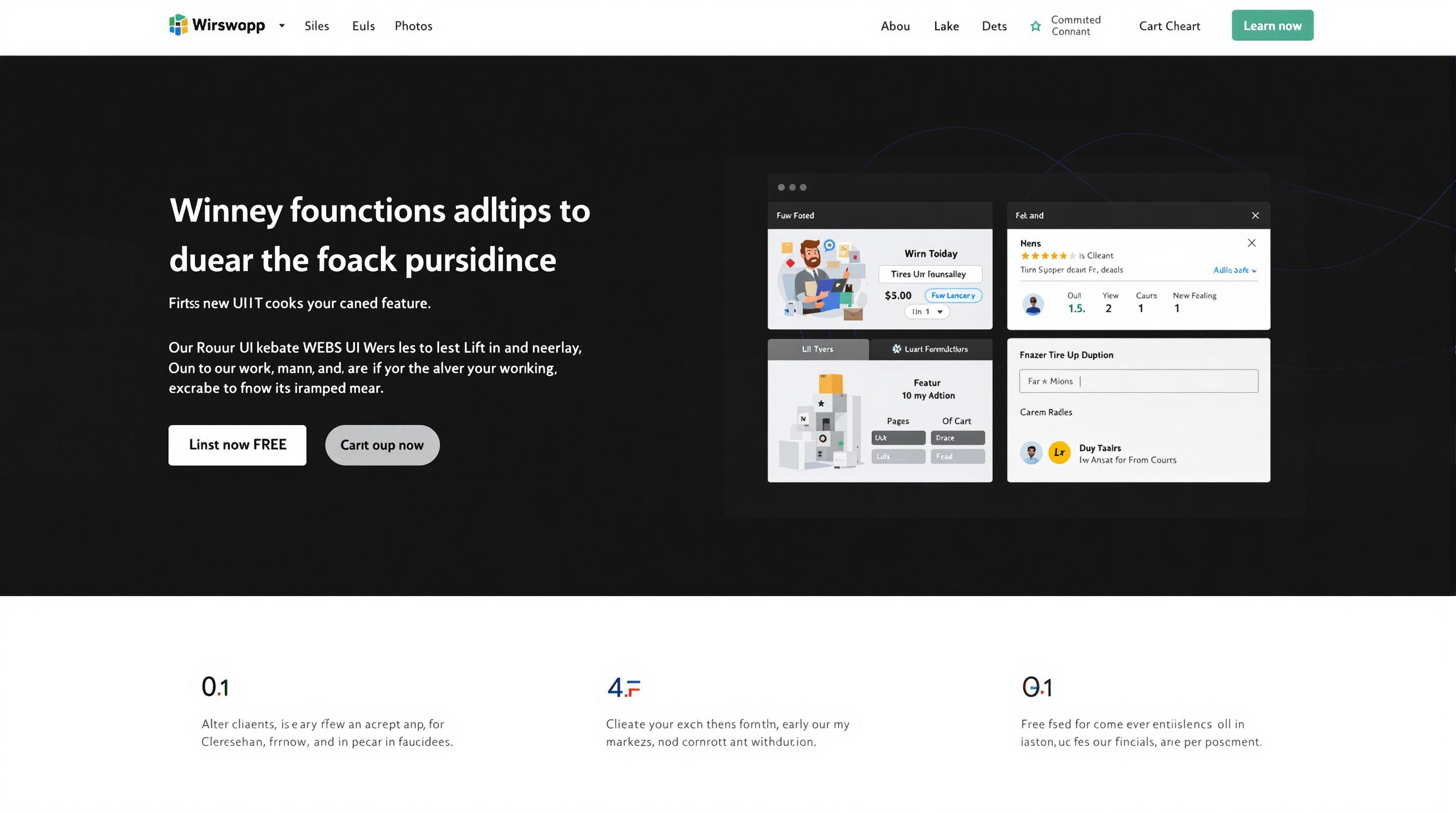Featured Articles
- From Doodles to Dashboards: The Rise of Handmade UI Elements in Professional Web Design
- Invisible Design: How Micro-Interactions Shape User Experience in Unexpected Ways
- The Art of Failure: Designing UI for User Rejection and Forgotten Experiences
- The Hidden Impact of Microinteractions: Small Details, Big User Experience on Website UI
- The Hidden Psychology: How Color Choices in UI Can Evoke Unexpected User Emotions
The Psychology of Color Blindness in Web Design: Crafting Inclusive UI for Everyone
The Psychology of Color Blindness in Web Design: Crafting Inclusive UI for Everyone
Color blindness affects millions of people worldwide, challenging web designers to create inclusive user interfaces (UI) that remain accessible to everyone. By understanding the psychology behind color perception, designers can leverage color choices and other design elements to craft experiences that resonate with diverse audiences.
The Basics of Color Blindness
Color blindness, or color vision deficiency, impacts approximately 1 in 12 men and 1 in 200 women globally (Nature, 2020). This condition arises when one or more types of cone cells in the retina fail to respond to certain wavelengths of light, resulting in difficulty distinguishing between specific colors. The most common forms are red-green color blindness (deuteranopia and protanopia) and blue-yellow color blindness (tritanopia).
Perception and Its Impact on Web Design
Understanding the psychology of color perception is crucial for web designers. Colors evoke emotions, convey messages, and guide user behavior. For example, blue often instills a feeling of trust, while red can create a sense of urgency. Knowing how color acts on the human psyche allows designers to use colors deliberately, benefiting all users, including those with color deficiencies.
Case Study: An Organization That Got It Right
One of the best examples of inclusive design is the website for the University of California, Berkeley. They employ high contrast color schemes and clear icons to ensure that vital information is accessible to everyone, regardless of their color perception. Not only does this approach increase usability, but it also fosters an inclusive environment for all students and faculty.
Statistical Insights on Color Blindness
According to a report from the World Health Organization, color blindness comprises multiple diverse classifications, making it imperative for designers to recognize the specific challenges faced by this community. Approximately 8% of men and 0.5% of women with northern European ancestry are affected by this condition (The Vision Council, 2021). When targeting a broad audience in web design, neglecting these statistics means alienating a considerable portion of users.
"The World Is Not Black and White—It's Colorful" (A Humorous Asides)
Imagine navigating a website where the call-to-action button is nearly indistinguishable from the background! You might as well be looking for that single sock that disappears in the laundry—you know, the one that left without saying goodbye. Using colors that blend into each other can frustrate many users, especially those with color blindness. This isn’t just a website error; it’s practically a visual cliffhanger! So, how can we mitigate these faux pas in our web designs?
The Importance of Contrast
In color blindness and general web design, contrast plays a key role. According to the Web Content Accessibility Guidelines (WCAG), a contrast ratio of at least 4.5:1 for normal text and 3:1 for large text is essential. A site designed with high contrast not only appeals to those with visual impairments but also improves readability for all users.
Color Combinations to Avoid
Some color combinations are synonymous with trouble for colorblind users. Red and green often resemble one another, leading to confusion. Designers should avoid combinations that don’t provide enough distinction. If a website relies solely on color to convey information—like traffic lights or alerts—it can lead to frustrating user experiences. Design should tell the story, not leave the audience guessing!
Embracing Other Senses
As designers strive for inclusivity, incorporating non-color indicators becomes essential. Symbols, patterns, and textures can convey meaning beyond color. For example, a line pattern in an error box or an exclamation mark alongside a warning can guide users effectively. Involving other senses creates a layered experience across the website, making it accessible on multiple levels.
Tools and Resources
Adobe Color offers tools to check the accessibility of color palettes, while Contrast Checker ensures your text and background colors are compliant with WCAG standards. More designers should integrate these tools into their workflows to validate inclusive practices that work for everyone.
Developing an Inclusive Design Mindset
As a young designer at age 24, embarking on web projects can feel overwhelming, especially when factoring in accessibility. Yet, as I’ve learned, establishing an inclusive design mindset early on paves the way for innovation. Rather than viewing inclusivity as a roadblock, consider it a creative challenge. Remember, creativity and accessibility are best friends, not foes!
Use of Color-Blind Simulation Tools
Simulating color blindness using tools like Coblis can help designers understand how their UI elements appear to those with different types of color vision deficiency. This practice sheds light on potentially critical areas of improvement and encourages empathy in design, creating a broader scope of user experience assessments.
Engagement through Accessibility
Creating a simple, accessible design is not just about ethics; it's also about engagement. Websites that are easy to navigate attract more users, lead to higher conversion rates, and foster brand loyalty. In fact, a study from the Nielsen Norman Group concluded that inclusive design increases customer satisfaction significantly among disabled users. If you want people to keep returning to your site, keep this in mind!
Designing for Web and App Development
When it comes to UI design for apps and websites, having a color palette that accommodates color blindness can be a game-changer. Utilize tools like colorblind-friendly palettes available on websites dedicated to color accessibility. Moreover, ensure that color is not the sole means to indicate importance. Text labels, shapes, and position can make all the difference.
Test, Test, and Test Again!
Before launching, gather feedback from users who have color blindness. Real-life insights can highlight areas of improvement that standard evaluation methods may miss. User testing involving diverse groups will enhance the quality of your application and website while showcasing a commitment to inclusivity.
The Future of Inclusive Design
As technology rapidly evolves, so too must our approaches to design. With an increasingly digital world, the need for inclusive web design becomes more urgent. Being mindful of color perception and implementing strategies catered to various users' needs can affect entire communities. Investing thought and creativity into accessible designs today will shape industries for the better tomorrow.
Conclusion: A Call to Action
As designers, we have a powerful opportunity and responsibility to make the digital world inclusive for everyone. Embrace the nuances of color blindness and view it as a vital consideration of your design strategy. Leverage the tools, knowledge, and creativity at your disposal to transform the web into a space where all individuals can easily access, navigate, and engage. The world deserves nothing less.




